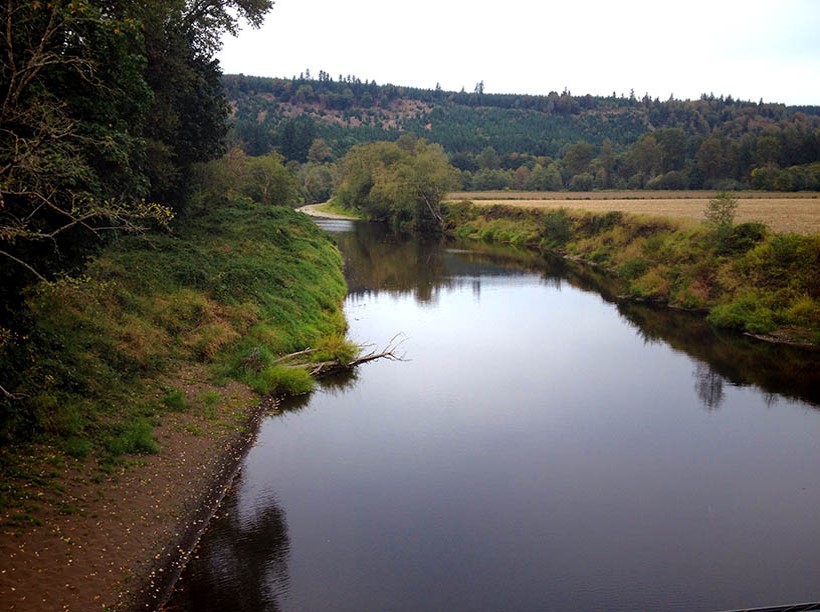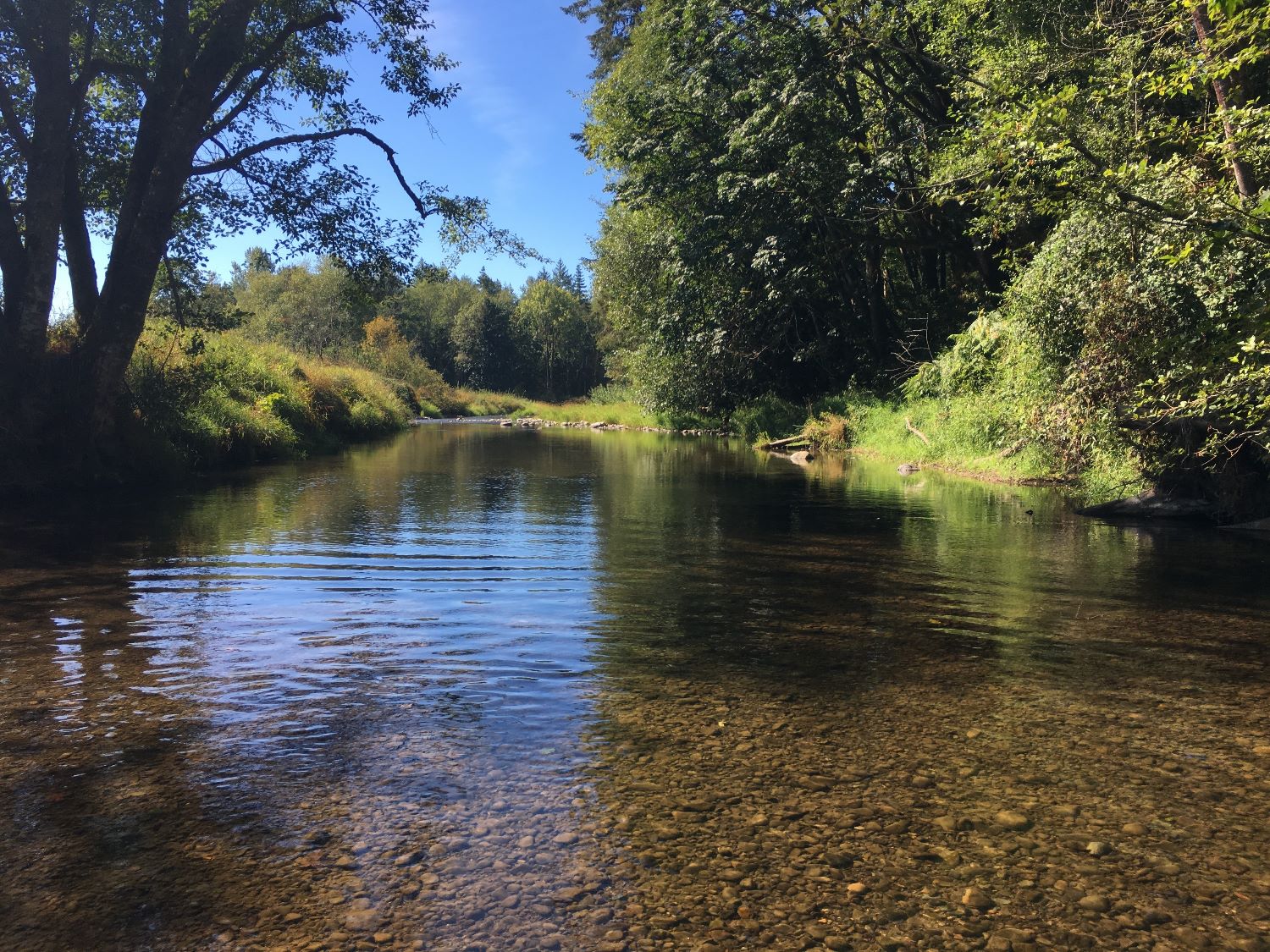Notice applies to outdoor water use only — mostly irrigation
The curtailment notice affects junior water right holders in the Chehalis River basin.
We've had an unseasonably warm and dry spring, including the fourth-driest March on record. As a result, even after a wet winter and a memorable bout of snow in February across much of Western Washington, we are now dealing with drought conditions in parts of the state.
The curtailment notice affects junior water right holders in the Chehalis River basin.
The water users have rights that are junior to (younger than) the 1976 instream flows set by state rule for the basin. Those junior water right holders must now stop diverting water from the Chehalis, Newaukum, Satsop, and Wynoochee rivers and their tributaries when flows are not being met to keep the water in the stream.
This is the fifth consecutive year we've issued curtailment orders or notices for junior surface water irrigation uses in the Chehalis basin to comply with the regulatory requirements. It's the first year that we'll also be enforcing this rule for four man-made water ski lakes in Thurston and Lewis counties. The curtailment notice does not apply to indoor water use or to water for livestock.
As we’ve done in prior years, our staff will periodically visit the basin and are available to answer questions.
You can find the latest information on instream flows and contact information for our Chehalis basin staff on our website:
Unusual spring weather
The Chehalis basin receives most of its runoff from rain, with some minor contributions from snowpack at higher elevations in headwater streams of the southern Olympic Mountains and the Willapa Hills. Streamflows in the basin are lower than normal for this time of year. It’s been warm and dry in the Chehalis River basin and there is little melting snow left to compensate for the tightening water supply.
Drought and instream flows
Last week, Gov. Inslee officially declared a drought emergency declaration for the Chehalis River basin, along with 26 other watersheds. There are two factors considered for drought declaration: The watershed must be at or below 75 percent of normal flow, and that the low water would cause undue hardship for agriculture or domestic water supply users.
The Newaukum River
However, the drought declaration is not why there are water right curtailments in the Chehalis basin. We are required by law to protect senior water right users and streamflows for rivers and streams to ensure there is enough water to meet the needs of people, farms, and fish. One of the most effective tools for protecting streamflows is to set instream flows, which are flow levels adopted into rule.
An instream flow rule was established in 1976 for Chehalis basin streams. Since then, newer water rights have been issued that are junior to the flow rule. When flows drop below the adopted levels, junior water rights (those established after the instream flow rule was adopted into law) can be temporarily interrupted in an effort to keep the protected amount of water in the stream. This means junior water rights are curtailed from withdrawing water until streamflows rise above the established flow levels.
Setting instream flows protects our streams, rivers, and lakes from new withdrawals that would harm instream resources including fish, wildlife, recreation, aesthetics, water quality, and navigation.
Read more about protecting streamflows.



